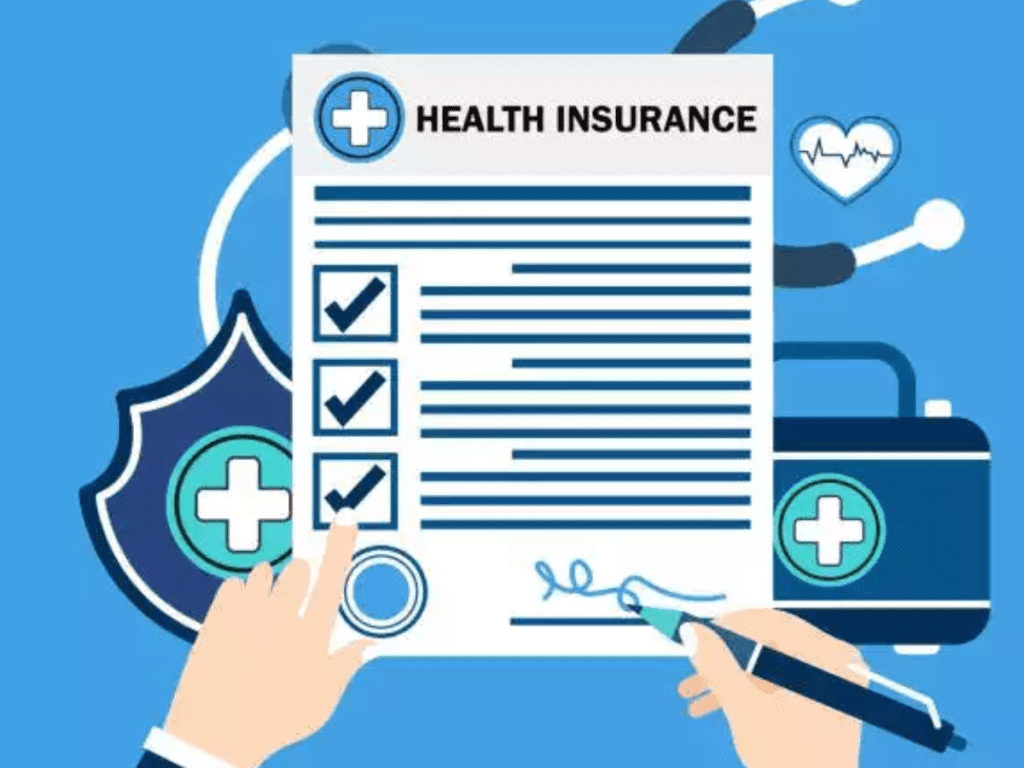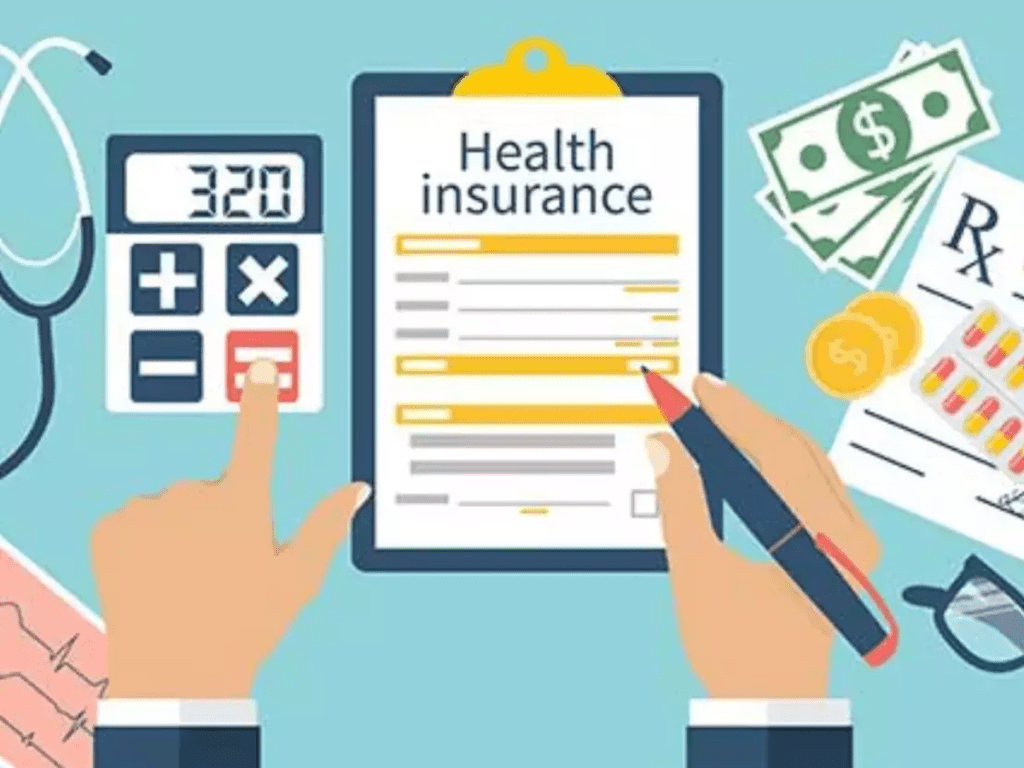Table of Contents
ToggleIntroduction
Preventive care is one of the most important aspects of maintaining good health and reducing long-term medical costs. Many people overlook the benefits of preventive healthcare, assuming that medical expenses arise only when illness strikes. However, a proactive approach to health can lead to significant financial savings by reducing the need for expensive treatments, hospitalizations, and emergency care. Health insurance plays a crucial role in supporting preventive care, ensuring that individuals can access essential screenings, vaccinations, and check-ups without financial burden. This article explores the impact of preventive care on healthcare costs, the role of health insurance, and practical steps to optimize your health while saving money.
Understanding Preventive Care
Preventive care consists of medical services designed to prevent illnesses, detect diseases at an early stage, and promote overall well-being. These services include routine check-ups, immunizations, screenings, and lifestyle counseling to help individuals make healthier choices. Unlike reactive healthcare, which focuses on treating existing conditions, preventive care aims to reduce the likelihood of disease development.
Some of the most common types of preventive care include:
- Routine Check-ups: Regular visits to a primary care physician help identify health risks and manage existing conditions before they become severe.
- Vaccinations: Immunizations protect against infectious diseases, reducing the need for costly treatments and hospitalizations.
- Screenings and Tests: Exams like mammograms, blood pressure checks, cholesterol screenings, and diabetes tests help detect diseases early, improving treatment outcomes.
- Mental Health Services: Counseling and therapy sessions support emotional well-being and prevent long-term mental health issues.
- Lifestyle Counseling: Nutrition and fitness counseling encourage healthy habits, reducing the risk of chronic diseases such as obesity, diabetes, and heart disease.
How Preventive Care Saves Money
1. Reducing Expensive Medical Treatments
Early detection of diseases can significantly cut healthcare costs. For example, catching high blood pressure early allows for lifestyle changes and medication to prevent heart disease or stroke. Similarly, early-stage cancer treatment is often far less expensive than advanced cancer care, which may involve surgery, chemotherapy, or radiation.
2. Lowering Hospitalization Costs
Many chronic diseases, such as diabetes and cardiovascular conditions, require extensive medical care if left unmanaged. Preventive care helps control these conditions before they escalate, reducing the need for hospital admissions, intensive treatments, and emergency interventions. By staying on top of preventive measures, individuals avoid the financial burden of hospital stays and medical procedures.
3. Reducing Emergency Room Visits
Emergency room visits are among the most expensive healthcare expenses, and many of these visits are preventable. Routine check-ups, proper management of chronic illnesses, and timely medical advice can prevent conditions from worsening to the point where urgent medical attention is necessary. This reduces not only personal expenses but also overall healthcare system costs.
4. Enhancing Work Productivity and Reducing Lost Income
Poor health can lead to missed workdays, reduced productivity, and even job loss in severe cases. Preventive care helps individuals maintain their health, ensuring they can work efficiently without frequent absences due to illness. This is particularly beneficial for self-employed individuals who do not have paid sick leave.
5. Lower Insurance Premiums Over Time
Health insurance companies assess risk when determining premiums. Individuals who actively engage in preventive care and maintain a healthy lifestyle often receive better insurance rates. Many insurance providers offer discounts and incentives for maintaining good health, reducing the overall cost of coverage in the long run.
The Role of Health Insurance in Preventive Care
Health insurance policies are designed to support preventive care by covering essential services at little or no cost to policyholders. Under many health insurance plans, preventive services are included as part of routine healthcare, ensuring that individuals can access necessary care without worrying about high medical bills.
1. Coverage for Preventive Services
Most health insurance plans, including those provided under the Affordable Care Act (ACA) in the United States, cover a range of preventive services at no additional cost. These services typically include:
- Annual wellness visits
- Blood pressure and cholesterol screenings
- Vaccinations
- Cancer screenings (e.g., mammograms, colonoscopies)
- Smoking cessation programs
- Obesity counseling
- Prenatal and postnatal care
By taking advantage of these benefits, policyholders can detect and manage potential health risks before they require costly treatments.
2. Encouraging a Healthier Lifestyle
Many insurance providers offer wellness programs that encourage healthier habits. These programs may include:
- Gym membership discounts
- Nutrition counseling
- Smoking cessation support
- Stress management resources
These incentives make it easier for individuals to adopt a healthy lifestyle, reducing their long-term healthcare costs.
3. Reducing Out-of-Pocket Costs
By covering preventive services, health insurance policies help policyholders avoid significant out-of-pocket expenses associated with treating advanced illnesses. A simple flu shot, for instance, can prevent a severe case of influenza that might require hospitalization and extensive treatment, saving hundreds or even thousands of dollars.
Practical Steps to Maximize Preventive Care Benefits
To fully leverage the financial and health benefits of preventive care, individuals should take proactive steps to incorporate preventive measures into their routine.
1. Schedule Regular Check-ups
Annual physical exams and routine doctor visits help monitor health conditions and identify potential risks early. Setting up reminders for check-ups ensures consistent care and timely intervention when needed.
2. Stay Up-to-Date on Vaccinations
Vaccines protect against preventable diseases such as the flu, pneumonia, and COVID-19. Keeping vaccinations current not only safeguards personal health but also reduces the risk of spreading infections to others.
3. Monitor Chronic Conditions
For individuals with existing health conditions like diabetes or hypertension, regular monitoring is essential. Proper management, including medication adherence and lifestyle changes, prevents complications that could result in costly treatments.
4. Utilize Preventive Screenings
Screening tests for conditions such as cancer, high cholesterol, and osteoporosis should be completed based on age and risk factors. These screenings can detect diseases early, making treatment more effective and affordable.
5. Maintain a Healthy Diet and Exercise Routine
A balanced diet and regular physical activity play a significant role in disease prevention. Health insurance providers often support fitness initiatives through discounts on gym memberships or access to wellness coaching.
6. Engage in Mental Health and Stress Management
Mental health is a critical component of overall well-being. Many insurance plans cover mental health services such as therapy and stress management programs. Utilizing these services can prevent long-term mental and physical health issues.
Conclusion
Preventive care is a crucial aspect of maintaining good health and reducing long-term medical expenses. By prioritizing routine check-ups, vaccinations, screenings, and healthy lifestyle choices, individuals can prevent diseases before they become costly and difficult to manage. Health insurance plays a vital role in supporting preventive care by covering essential services and offering wellness programs that encourage healthier living. Taking proactive steps towards preventive care not only enhances well-being but also leads to significant financial savings, making it a win-win for both health and financial stability.

